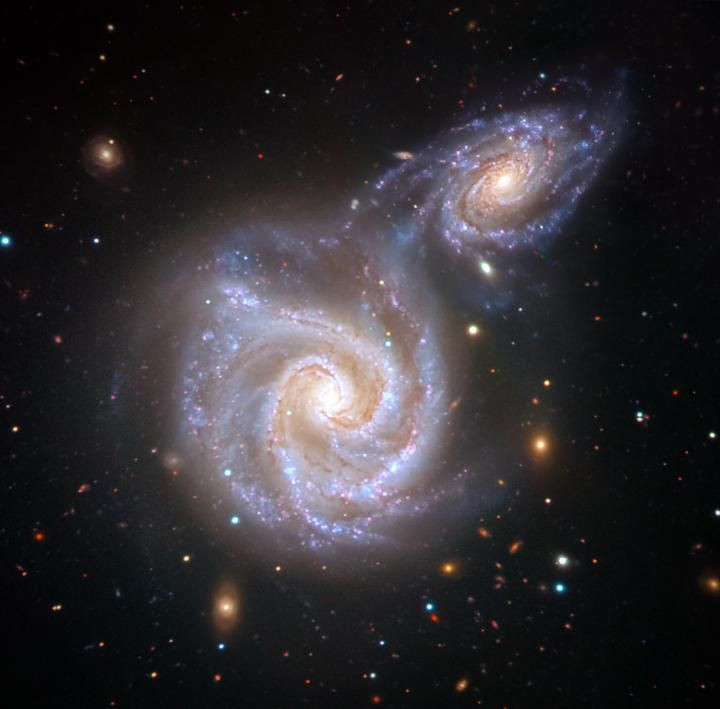Milky Way Annihilated ‘Sausage’ Dwarf Galaxy Some 8 Billion Years Ago

As scientists continue to gain more insight into the formation and evolution of Milky Way, an international team of researchers discovered that some eight to ten billion years ago, our galaxy had a massive head-on collision with a dwarf wanderer called the “Sausage” galaxy.
The galactic smash-up, as one could guess, ended with the small galaxy being annihilated. The sausage dwarf did not survive, while the Milky Way went through a series of changes that fashioned its inner bulge and outer halo and shaped the galaxy into what we know today.
Though it is very difficult to find precise details of cosmic events that occurred several billion years ago in a young universe, scientists keep looking for telltale signs that could provide us more insight into the evolution of our galaxy. The researchers who made this discovery were also doing something similar when they found the wreckage of the destroyed dwarf.
While scouring through the data collected by European Space Agency’s Gaia satellite, which mapped positions and trajectory of millions of stars in our galaxy, the researchers noted some stellar bodies were moving in long-needle like orbits.
The strange path took the stars very close to the central region of our galaxy, something that led the team to posit these could be the remains from a massive collision with a dwarf galaxy.
“This is a telltale sign that the dwarf galaxy came in on a really eccentric orbit and its fate was sealed," Vasily Belokurov, one of the authors of the work, said in a statement.
According to their theory, as Milky Way collided, the dwarf was ripped to shreds and its stars moved into the stretched-out orbits that we see today.
“We plotted the velocities of the stars, and the sausage shape just jumped out at us,” study co-author Wyn Evans said while explaining the strange name of the galaxy. “As the smaller galaxy broke up, its stars were thrown onto very radial orbits. These Sausage stars are what's left of the last major merger of the Milky Way.”
While Milky Way is still smashing a bunch of small of dwarf galaxies, the one in question here would have been much more massive, weighing more than 10 billion times the mass of our sun. With such weight, it would have made a serious impact on the structure of our neighborhood.
In fact, according to a series of simulations run by the researchers, the piercing trajectory of the dwarf galaxy would have been strong enough to fracture Milky Way’s disk and spread Sausage debris (stars and gas) into inner parts of the galaxy, creating main galactic components, the central bulge and the surrounding stellar halo.
That said, it is also worth noting apart from weirdly orbiting stars, Milky Way also inherited at least globular clusters, large spheroidal stellar groupings, from the Sausage dwarf. This itself suggests the dwarf galaxy that Milky Way destroyed would have been several times bigger than all other galaxies that have been falling into it over its life.
© Copyright IBTimes 2025. All rights reserved.




















